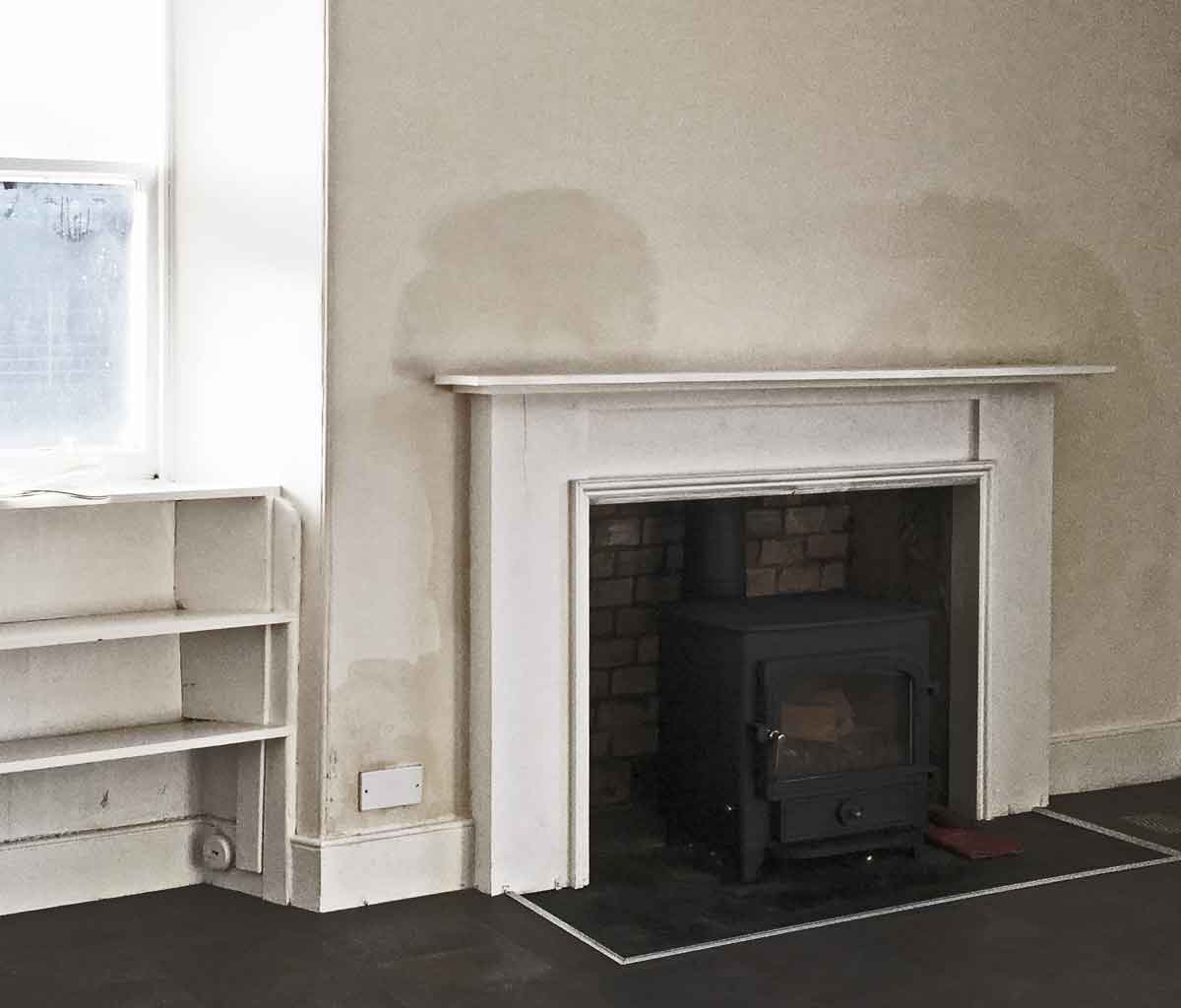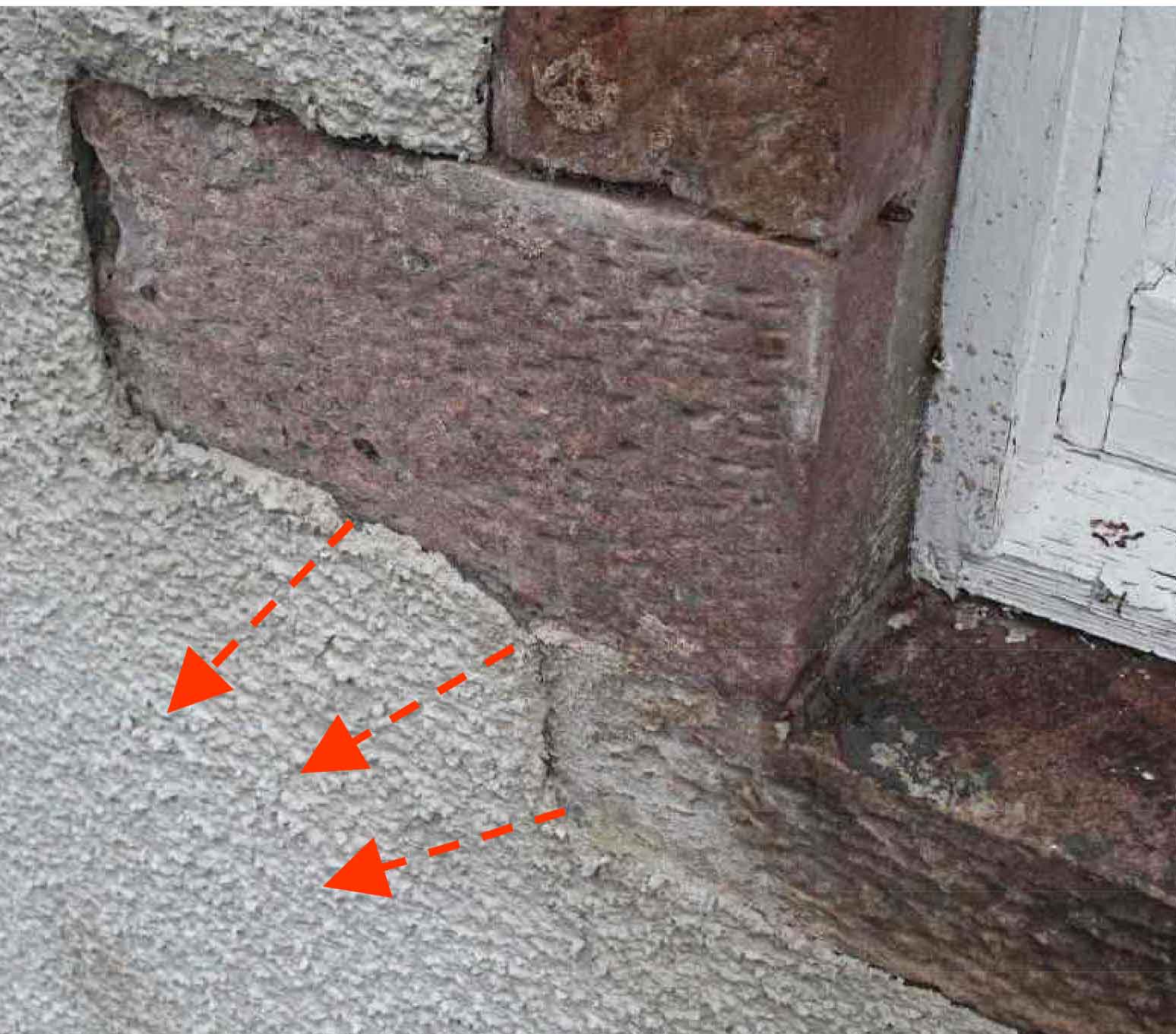Anxiety makes homeowners vulnerable to bad advice and a damp problem is one of the biggest causes of distress to owners of traditional stone-built properties.
.

.
The immediate impact is the feeling of cold and chill, there is the smell and the staining looks unsightly. Longer term concerns are damage to the building fabric and the growth of rot, not to mention the potential health impacts of mould.
This week’s blog is a good news story, the client contacted us for advice before they took action.
I was asked to look at a cottage that suffered a damp problem. It had been recommended that they inject a chemical damp proof course. The offer of a quick and simple solution is always welcome, but in many cases it will be an expensive mistake.
.

.
At first glance, it is easy to see why this might have appeared to be an obvious solution. The dark tide line along the wall suggests that the source of the dampness is the ground and, after all stone buildings weren’t built with barriers against rising damp. Not only was this approach based on a lack of knowledge about of the way traditional building materials work, it was also misunderstanding of modern building materials and building physics.
In this instance the damp was coming from the rain, not the ground. The stone walls have been covered in a modern cement harl that traps water and cannot breathe. Rainwater running down the wall was able to find routes behind the harl, though cracks and ledges where it was trapped. Slowly the wall became more and more saturated until staining began to appear on the interior.
.

.
An injected DPC doesn’t work on stone walls and where the stone is a soft red sandstone like this, it will only accelerate the deterioration of the stone, through frost action. Stone buildings also move, ever so lightly, and as they do the chemical barrier will rupture, rendering it useless. In this instance, the damp wasn’t even coming from the ground.
The solution is to remove the cement harl and then either replace it with a lime harl that has been properly applied to eliminate pathways into the wall core or just repoint the stone with lime. This will allow the wall the breathe, protecting the stone and allowing the water to evaporate outwards, drying the wall out. Once a stone wall is saturated, this can take a long time, so be patient.
It might sound expensive, but this remedy will actually work and is generally a lot less expensive than you think. The results are infinitely superior.
When you’re spending money on your property, make every penny count !
.
.
MAAC studio are accredited conservation architects and principal designers working with traditional buildings throughout Scotland.
If you need independent advice give us a call ?


